|
from Laura Park, Managing Director It can be challenging to maintain spiritual practice in difficult times such as the current pandemic. We know these are the moments when we most need to ground in the source of our being, to gain perspective on the meaning of our lives, and to connect to that which is larger than ourselves. And yet, it can be hard to find focus, find time, find motivation in the moment for the practices that give us these gifts.
If you've received your Spirit Map report, you have tools to help you maintain your spiritual focus, even in difficult times. Your Signature Strengths can guide you to practice that resonates deeply and supports you fully. For example:
Your Key Opportunities can guide you to practice that bears fruit more readily. For example:
We're offering a special discount through June 15, 2020 to people who want to take Spirit Map again to see how their spiritual landscape has shifted. Or, if the challenges of this time are encouraging you to try Spirit Map for the first time, you can purchase a first Spirit Map report, or you can try a sample inventory. Or, explore our website to learn more about us. May you stay well, and may you find balance even when the ground shifts beneath you.
0 Comments
If you’ve filled out the Spirit Map inventory (try a sample here!) you know that we ask you for two ratings for each inventory item, on a scale of 1-10:
Why do we ask you how important each item is to you? What makes it worth your time to give us your importance ratings? Your importance ratings matter because they prioritize Spirit Map strengths and opportunities. Importance ratings help us provide better guidance about which strengths you most bring to the world and which opportunities you could find most fruitful for further deepening. Consider these examples from people who recently completed the Spirit Map inventory. One person, let’s call them Tyler, said all of the following items rated a 10 in terms of how present these items are in their spiritual life:
How might Tyler determine which of these strengths they might best rely on? The importance rating can help Tyler prioritize these strengths. The table below shows the same items, re-ordered according to Tyler’s importance ratings.
Clearly items 39, 40, and 43 represent strengths that matter more in Tyler’s spiritual life and would therefore be gifts Tyler would more easily bring to the world and would provide a more solid grounding on which to build spiritual depth and growth.
Importance ratings can also help prioritize opportunities. Consider the items to which another person, let’s call them Blake, gave the lowest presence ratings:
Without any additional information, we might recommend that these items represent equal opportunities for Blake’s spiritual development or growth. This recommendation looks short sighted, however, when we look at Blake’s importance ratings for these six items. Here’s that same list, re-ordered according to Blakes’ importance ratings:
Blake is much more likely to find work on items 38 and 7 fruitful than the rest of the items because 38 and 7 and more important to them.
You can see this even more clearly in Blake’s Quadrant Map below. The Quadrant Map in every Spirit Map report plots each item according to your presence ratings and importance ratings. We’ve put a large oval around the items Blake rated a 1 for presence in their life. When we incorporate Blake’s wide range of importance ratings for these items, you can see how that distributes the items into the greater and lesser opportunity quadrants. Plus, when we include importance ratings into our calculation that determines Signature Strengths and Key Opportunities, you can see that only two of these items become Key Opportunities (circled; Signature Strengths are in diamonds).
This is why we ask you to go through the Spirit Map inventory items a second time to provide your importance ratings. With your importance ratings, we can provide clearer guidance about which items represent your spiritual gifts (Signature Strengths) and which items most represent your opportunities for spiritual growth and development (Key Opportunities).
Spirit Map is almost unique among spiritual well-being inventories in gathering a second measure like importance. In 2015 John Fisher[1] published the results of a survey of spiritual well-being inventories. Fisher found 261 multi-item inventories, and only one of them, his own SHALOM inventory, collects a second measure for each of the inventory items. All the other inventories collect only a single measure comparable to Spirit Map’s presence rating (how true is a given item of you: 1 – 10 scale). What items are most important to you in your spiritual life? What does that mean for your spiritual strengths and opportunities? Take the Spirit Map inventory yourself and see! You can purchase a Spirit Map report, which gives you full access to the inventory, or you can try a sample inventory. Or, explore our website to learn more about us. [1] Published as Chapter 5 in E.C. Roberts (Ed.), Spirituality, Global Practices, Societal Attitudes and Effects on Health (pp. 91-131), New York: Nova Science Publishers Inc, 2015 At first glance, it might be hard to see the connection between a congregation's Spirit Map results and its building renovation. However, one congregation used its Signature Strengths and Key Opportunities to consider at depth the connection between its material resources and its spiritual mission.
This congregation found one pairing particularly fruitful in this context:
As part of its building development work, the congregation considered whether the physical plant could more deeply reflect its care for the welfare of others and put that care into more robust action of giving fully and generously to others. Some questions the congregation considered:
The congregation is still working through the specifics of their building remodel, but has been grateful for the grounding Spirit Map gave their process. How might Spirit Map help your congregation? Our website tells you more about the possibilities. Or, try a sample congregational inventory to get a sense of how the inventory works and what the benefits can be. Or, get in touch to ask more questions or to start the congregational process. The Fall 2019 issue of UU World has an article about Spirit Map! Learn more about how we created Spirit Map and how people have used their results to deepen their spiritual lives.
What could you learn about your own spiritual life? Take the Spirit Map inventory and see! You can purchase a Spirit Map report, which gives you full access to the inventory, or you can try a sample inventory. Or, explore our website to learn more about us. from Laura Park, Managing Director, Unity Consulting I was talking recently about Spirit Map with Kate Tucker, a retired minister and spiritual director here in the Minneapolis/St. Paul area. She drew the rough sketch above about how she saw Spirit Map working in people’s lives. I just loved her metaphor and so I begged her to let me share it, even though it wasn’t as polished as she might have wanted it.
Kate described the spiritual life as a deep wellspring, represented by the horizontal flowing lines. Way up above, where the trees are, a person (the stick figure) lives their life. Spirit Map, Kate said, offers a tap into the wellspring of spirit, offers a clear description of many aspects of that spiritual life, creating channels for the water to flow up and hydrate. There is still mystery, still the unpredictable spiritual journey, but Spirit Map gives language to engage with that mystery and that journey more intentionally. What taps into the wellspring of the spiritual life could Spirit Map offer you? Take the Spirit Map inventory yourself and see! You can purchase a Spirit Map report, which gives you full access to the inventory, or you can try a sample inventory. Or, explore our website to learn more about us. Wondering how you might deepen your spiritual life using your Spirit Map results? The practice below invites you to consider how your Signature Strengths (SS) and Key Opportunities (KO) come into relationship, and comes from Sarah Cledwyn of Grow Soul, Spirit Map's Spiritual Direction Consultant.
Take a look at your Signature Strengths and Key Opportunities. Are there any that you feel are a pair or go together? Let the two statements take on a bit of personality and have a conversation. Assign your Key Opportunity to your non-dominant hand and your Signature Strength to your dominant hand. See what they have to say to one another. Have them ask each other good questions. How do they answer one another? For example, take the pair: SS - I care deeply about the welfare of others. KO - I give to others fully and generously Your KO hand might ask your SS hand:
Spirit Map is unique in the way its algorithm integrates people’s self-assessment and importance ratings to determine Signature Strengths (SS) and Key Opportunities (KO):
We encourage congregations and individuals to consider how their Signature Strengths and Key Opportunities interact with each other, and two pairs from these lists combine in interesting ways:
SS: I believe my life has meaning and purpose. KO: I have a clear purpose to my life and am able to articulate that purpose to both myself and others. SS: I care deeply about the welfare of others. KO: I give to others fully and generously. We regularly see these pairs emerge for the individuals and congregations who complete Spirit Map, and we encourage them to consider how the Signature Strength might support work on the Key Opportunity. For example, in the first pair, the belief that life has meaning and purpose can provide both motivation and a frame for the search for vocation. Daily reflection on what meaning has been found in that day (and where it was not found) can suggest possibilities for a meaningful vocation that connects to a higher purpose. Daily reflection on the meaning found in that day can also strengthen the ability to shift vocation as circumstances change, so that it does not become a static vocation that over time loses its ability to be a vehicle of service to the world’s need or an all-consuming idol out of balance and right relationship. In the second pair, the opportunity is to translate deep caring into personal generosity. Daily reflection on where the care for others might find concrete and generous expression, within good boundaries so that neither the giver nor the recipient becomes burdened, can help both individuals and congregations find the redemptive power of love acting in the world. It’s also interesting to consider what domains of spiritual well-being are reflected in these most-frequent Signature Strengths and Key Opportunities. We’ve done factor analysis on the Spirit Map items to determine which items “bundle” together and found five domains (for more info on this process, see our white paper):
What are the most-frequent Signature Strengths and Key Opportunities in your congregation? Contact us to start the Spirit Map process in your congregation and find out. What are your personal Signature Strengths and Key Opportunities? Take the Spirit Map inventory yourself and see! You can purchase a Spirit Map report, which gives you full access to the inventory, or you can try a sample inventory. Or, explore our website to learn more about us. *We used the data from three Unitarian Universalist congregations, one in Minnesota (n=248), one in Colorado (n=302), and one in Massachusetts (n=133). We only used the data from people in these congregations who gave a self-assessment and an importance rating to all 44 Spirit Map items, hence the n for this analysis (523) is less than the total sample from the three congregations. Do the people who identify as men and women respond differently to the Spirit Map items? Of the 768 people who have completed Spirit Map*, 466 identified as female and 220 identified as male. Nine people responded with a different gender identity, which does not give us enough data to say anything definitive about their responses. The rest did not respond. We notice two patterns in the responses of women and men:
Here are the nine items with a statistically significant difference (at the 90% level) between women’s and men’s self-assessment ratings:
What's most true of you and most important to you in your spiritual life? Take the Spirit Map inventory yourself and see! You can purchase a Spirit Map report, which gives you full access to the inventory, or you can try a sample inventory. Or, explore our website to learn more about us.
*We have four sources for this data. Three data sets come from three Unitarian Universalist congregations, one in Minnesota (n=248), one in Colorado (n=302), and one in Massachusetts (n=133). The third data source is from individuals who have independently taken the Spirit Map survey (n=85). We’ve been sharing what we’ve learned about the 768 people who’ve completed the Spirit Map inventory so far (see this post and this post). In this post, we consider what items people identify as least true of them and least important* to them:
One pattern worth noting is how many items on both lists relate to living the spiritual or religious life. Acting in a spiritual or religious manner is less true of and less important in the spiritual lives of the people who have taken Spirit Map so far, despite the fact that most of them belong to a religious community. Their sense that acting in a spiritual or religious manner is less true of them and less important to them seems consistent with the trend that an ever-increasing number of Americans say they have no religious affiliation (currently 22.8% of the US population, according to Pew Research).
If you’re a congregational leader, this could represent an opportunity to reclaim the meaning of the spiritual and religious life by explicitly connecting spiritual and religious practice to what people identify as most true of them (see this post) and most important to them (see this post). This could help renew faith practice by connecting it to what people find particularly relevant for them today. For example, one item that people rate as more true of them and more important to them is “I act with integrity.” To help people connect this statement with their spiritual and religious lives, you might help them consider such questions as:
If you’ve done Spirit Map in your congregation and found this same pattern, you might also want to invite people to explore why they rated those items lower and see what additional insights you can gain from their reflections. What other patterns are you seeing in these lists? What other opportunities do these items present? Leave your reflections in the comments! Sarah Cledwyn of Grow Soul, Spirit Map’s Spiritual Direction Consultant, offers a short practice to reflect on “I act in a religious manner” and its meaning in your own spiritual life: Take a moment to become centered and calm. Perhaps settle into the surface you are sitting on and notice and feel the support it provides you. Now contemplate the phrase, "I act in a religious manner" and see what rises. Without judgement, notice what happens in your body and mind as you sit with this phrase. Simply observe. You may want to journal in a stream of consciousness way about what comes up for you. What do you notice? Are there negative associations? Are there well worn stories that arise? When this exercise feels complete or you have opened some insight for yourself, return to a centered and calm space, again noticing the support of the surface you are sitting on. Now repeat the exercise with this phrase, "I experience faithful devotion to an ultimate reality". Again, without judgement, notice what happens as you slowly sit with this phrase. What happens in your body and your mind? When this feels complete, come back to calm and sit with the phrase, "I am scrupulously and conscientiously faithful". Again notice. When you have sat with and witnessed all three phrases, wonder a little about the reactions that came up for you. Did replacing "religious" with dictionary definitions shift focus for you? Out of these 3 phases, is there one that feels more important and true for you? Why? Where do you find the intersection of what’s true of you and what’s important to you in your spiritual life? Take the Spirit Map inventory yourself and see! You can purchase a Spirit Map report, which gives you full access to the inventory, or you can try a sample inventory. Or, explore our website to learn more about us. *It’s important to note that we ask people to rate the relative importance of the Spirit Map items, which means that when someone says an item is relatively less important it does not mean that item is necessarily unimportant to them. **We have four sources for the data that make up these averages. Three data sets come from three Unitarian Universalist congregations, one in Minnesota (n=248), one in Colorado (n=302), and one in Massachusetts (n=133). The fourth data source is from individuals who have independently taken the Spirit Map survey (n=85). Every person who completes the Spirit Map inventory rates the 44 Spirit Map items two ways, using a scale of 1 to 10. 1. How true is this statement of you today? 2. How important is this statement in your spiritual life? What do people say is most important to them in their spiritual lives? Here are the top ten items, based on average ratings from the 768 people who have completed the Spirit Map inventory so far: We have four sources for the data that make up these averages. Three data sets come from three Unitarian Universalist congregations, one in Minnesota (n=248), one in Colorado (n=302), and one in Massachusetts (n=133). The third data source is from individuals who have independently taken the Spirit Map survey (n=85).
Even though this is obviously not a random sample, what could we learn about the people who have taken Spirit Map so far and what they identify as important in their spiritual lives? Many of these are the same items that are most true of us (see this post), which indicates a certain alignment in our spiritual lives between what we see as true of us and what we feel is important to us. Future posts will explore the meaning and implications of this alignment, the strengths and opportunities of that alignment. We can also look at these items in terms of how they group into various dimensions of spiritual well-being. We applied a statistical procedure called factor analysis to them, which bundles together the items that define a common underlying dimension or factor within the overall domain of spiritual well-being. Download our white paper for more information on how the 44 Spirit Map items cover the domain of spiritual well-being, and how the factor analysis assigned the 44 items to spiritual well-being dimensions. As with the top most-true items, many of our most-important items come from the Communal: Relationship and Right Action dimension of our Spirit Map items. They speak to our desire to act in alignment with values and principles, to our desire to focus on others, and to our general sense that the spiritual life is lived in relationship with other people:
Two statements come from the Cognitive dimension of our Spirit Map items, and speak to the importance we see in using our mind to explore our spiritual lives:
Only one statement speaks to the importance of the Personal: Insights and Meaning/Purpose dimension of our Spirit Map items, the dimension that speaks to the internal understandings that keep us grounded and connected spiritually:
And only one item speaks to the importance of the Environmental dimension of our Spirit Map items, to the awe and delight we can experience in the world around us:
It’s also interesting to note that, as with the most-true items, none of the most-important items comes from the Spiritual dimension of our Spirit Map items, the items that speak to our spiritual or religious practice. What might it mean for people to be more broadly connected to the vulnerability and humility one finds in the experience of the holy? Could a broader connection to mystery and wonder, to that which is larger than ourselves, more fully ground people for the Communal dimension we already see as important? Sarah Cledwyn of Grow Soul, Spirit Map’s Spiritual Direction Consultant, offers a short practice to take one of these statements and bring it deeper into your experience: When you look at this list of what is most important, which one do you most deeply resonate with? Recall a time in your life where it was clear to you why this statement feels resonant and significant to you. How has that event affected your life and how you act in the world? Share this story with someone you love. What is it like to flesh out this statement of what is most important to you? What's most important to you? Take the Spirit Map inventory yourself and see! You can purchase a Spirit Map report, which gives you full access to the inventory, or you can try a sample inventory. Or, explore our website further to learn more about us. |
What's HereInsights we've gained from Spirit Map. Archives
May 2020
Categories
All
|

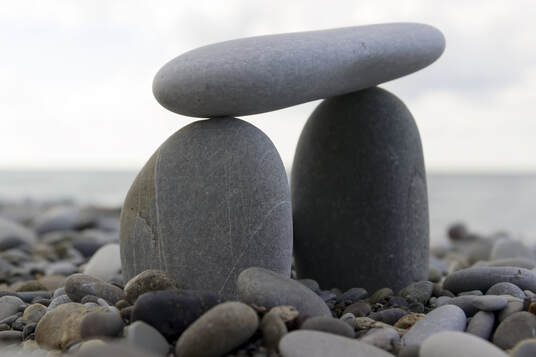

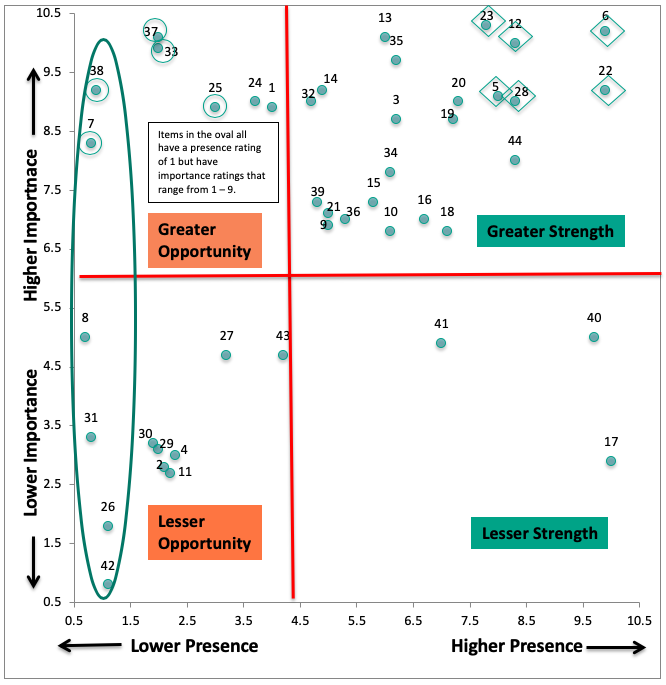


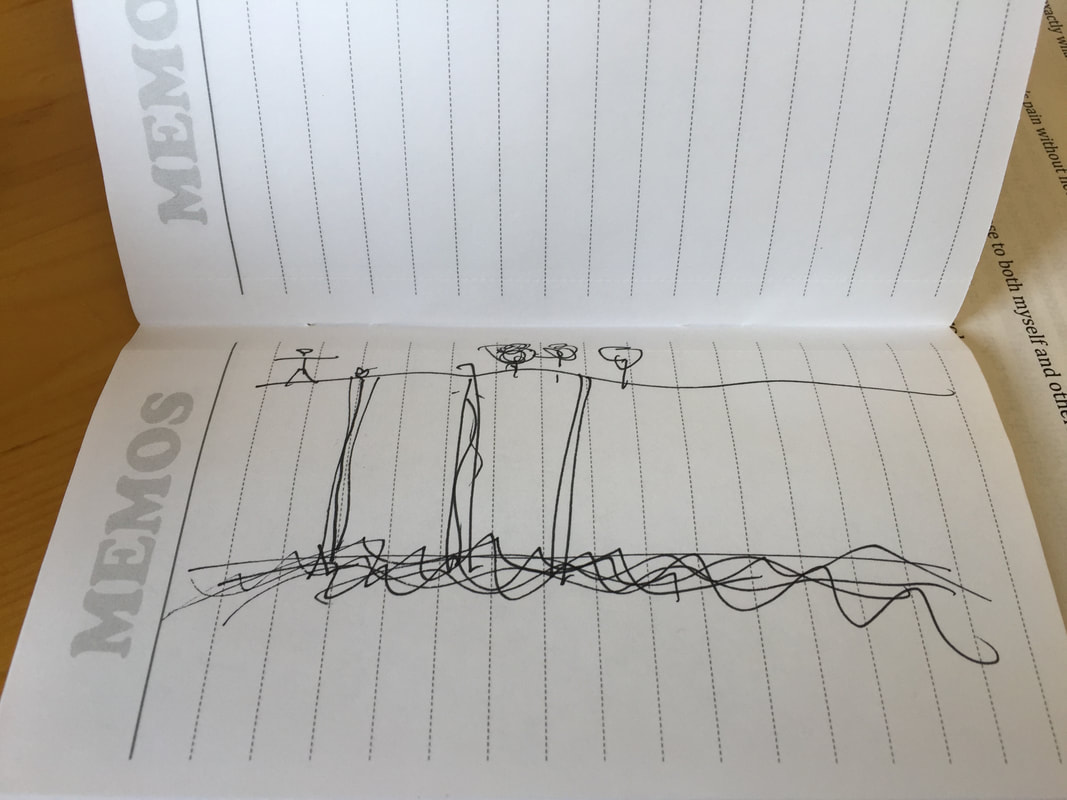
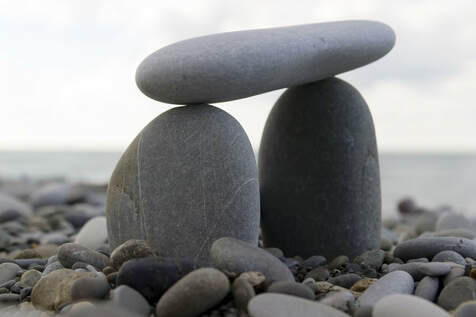
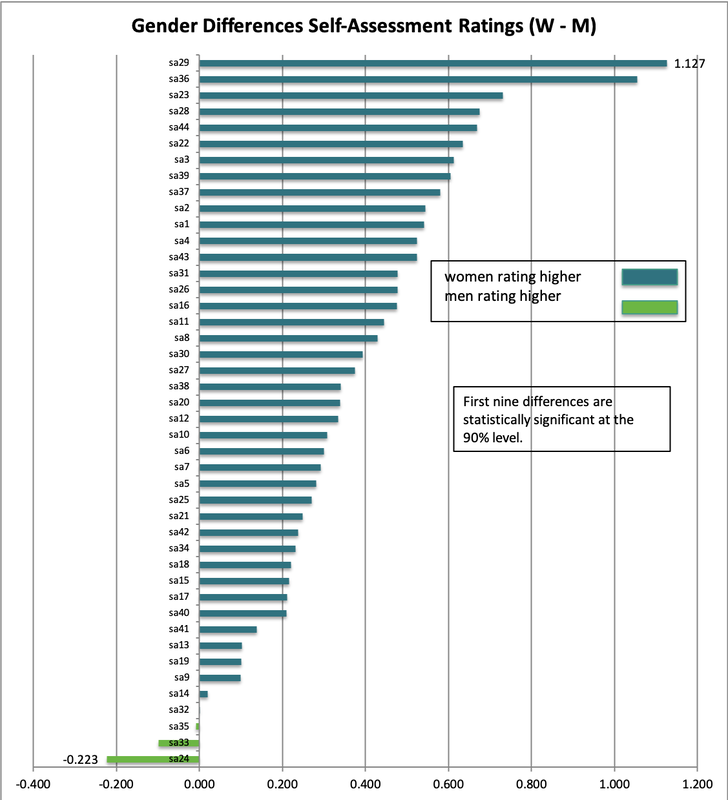
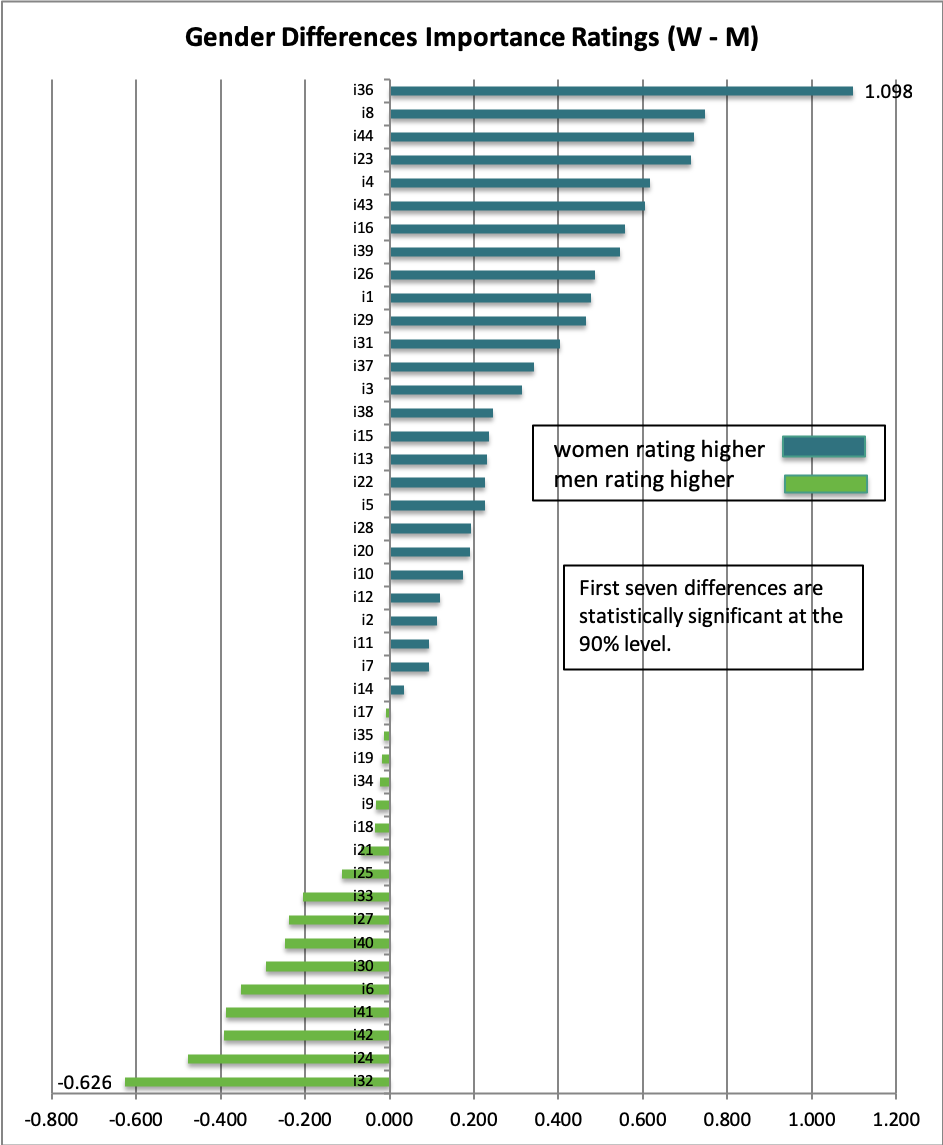
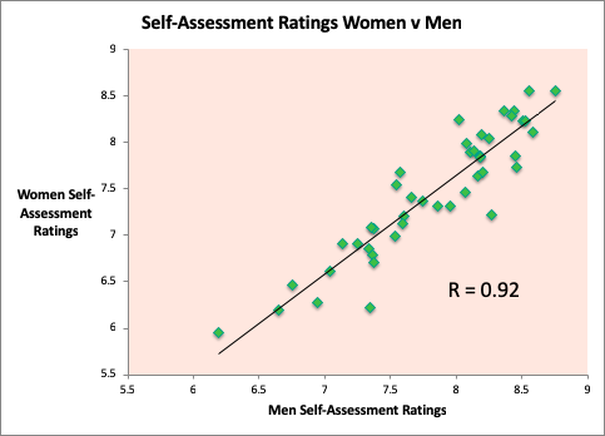
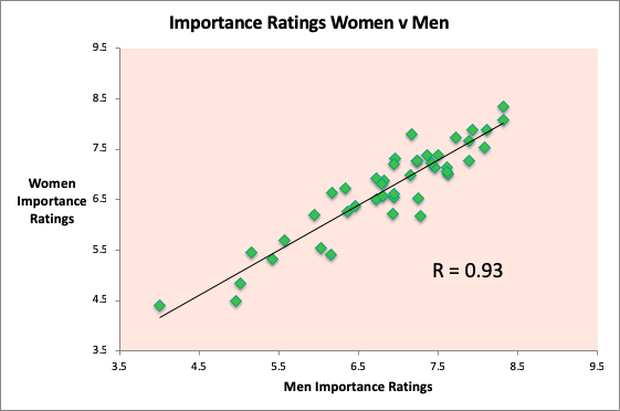
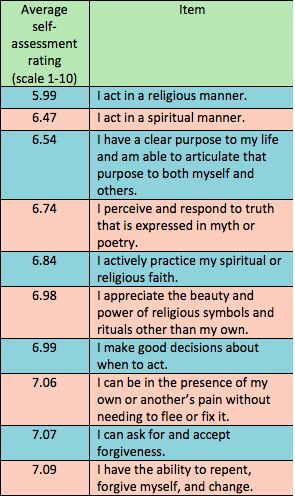
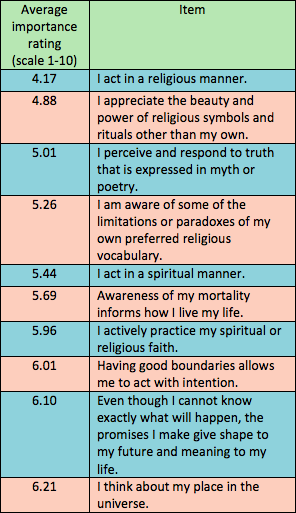
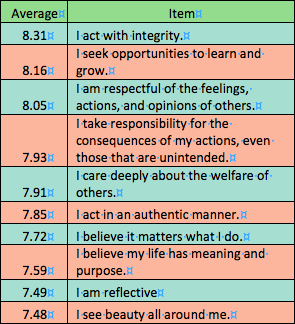
 RSS Feed
RSS Feed